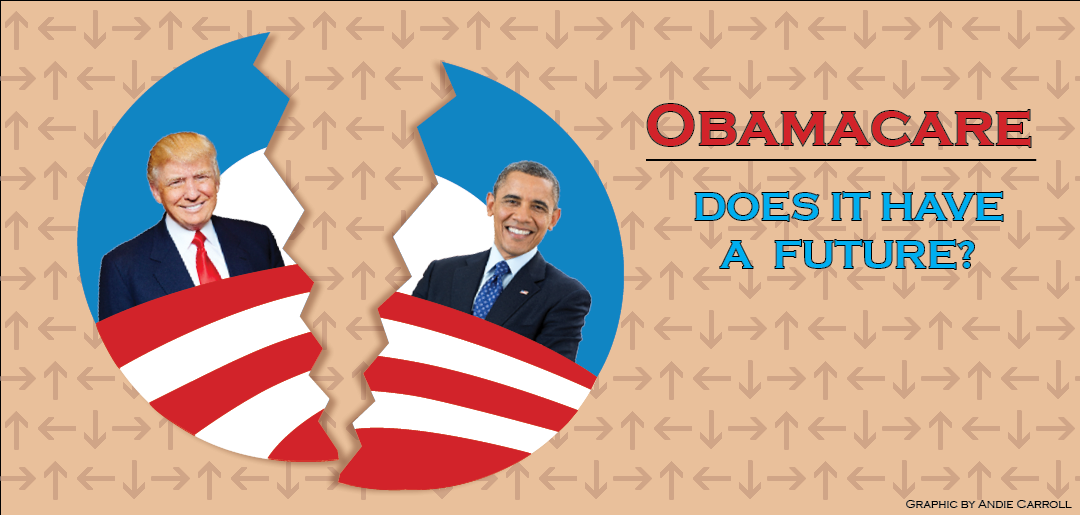Cat Levine, News Section Editor
@catcourant
BREAKING NEWS: Within hours of his inauguration, President Donald Trump signed an executive order Friday night directed at completing one of his main campaign promises: repealing Obamacare.
Throughout President Donald Trump’s campaign, the Republican party repeatedly promised to quickly repeal and replace the Affordable Care Act, often referred to as Obamacare. However, GOP lawmakers anticipate that this will take years to fulfill. Shortly after coming into office, President Trump announced that federal agencies would be decreasing their provisions for Obamacare. However, many of the act’s components are dependent on one another, and so removing some elements while keeping others will be hard to carry out.
On Tuesday, Republican representatives in the House and Senate articulated that if Congress votes to rapidly repeal the Affordable Care Act, there will be a long intermissionary period to transition people out of its problem and replace it with an alternative. This process is made even more difficult because a replacement system has not yet been released.
Republicans began the movement by creating a basic outline distributed in the House GOP policy agenda last year. This framework aimed to give states more control over Medicaid through block grants and take out government-run insurance exchanges with tax credits for citizens who purchase their health-care from private corporations.
The House GOP outline is similar to the policies written by Representative Tom Price, who is now Trump’s nominee for Secretary of the Department of Health and Human Services. President Trump’s choice shows his motives to quickly get rid of the act and introduce a new health care system.
These five components of Obamacare would be difficult to repeal because Republicans require 60 votes in the Senate and only have 51:
- Pre-existing conditions
- Essential health benefits
- Limits on age rating
- Parents’ policies until age 26
- Ban on setting rates on health status
President Trump has said that he wanted to keep these 2 aspects:
- Pre-existing conditions
- Parents’ policies until age 26
President Trump can repeal these two prospects by issuing a regulatory change:
- Contraception coverage
- Cost-sharing subsidies
However, the Republican dominated House and Senate can actually remove these five elements using a method that only needs 51 votes in the Senate:
- Medicaid expansion
- Employer mandate
- Premium subsidies
- Individual mandate
- New taxes
Getting rid of premium subsidies would be counterproductive, as it would impact the millions of Americans who already have coverage. Subsidies and the mandate are required to keep the people who are healthy in the insurance pool. In order for insurance companies to avoid bankruptcy, they need healthy people to help pay for the sicker people. Companies would have to raise the price of premiums without them, therefore excluding millions who cannot afford this.
Words Defined:
Executive order: a rule or order issued by the president to an executive branch of the government and having the force of law.
GOP lawmakers: Republican party members (Grand Old Party)
Subsidies: a sum of money granted by the government or a public body to assist an industry or business so that the price of a commodity or service may remain low or competitive.
Mandate: requires that most Americans obtain and maintain health insurance, or an exemption, each month or pay a tax penalty.
Medicaid: jointly funded, Federal-State health insurance program for low-income and needy people




